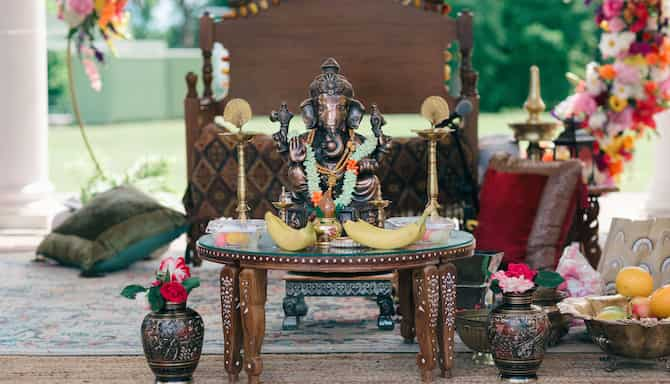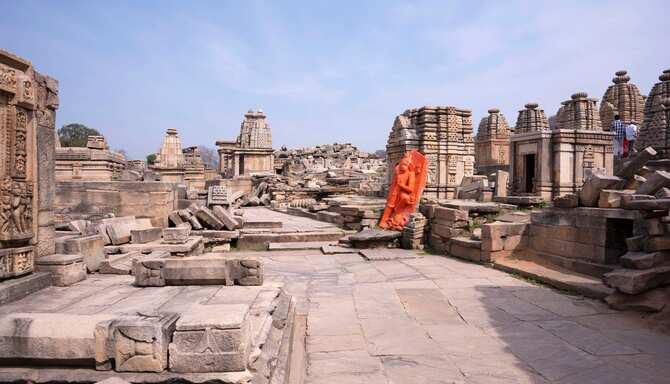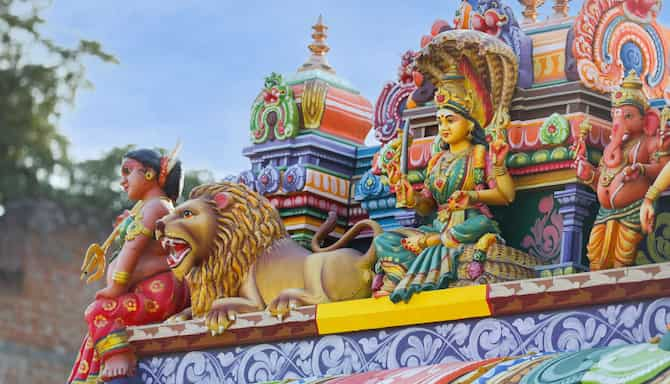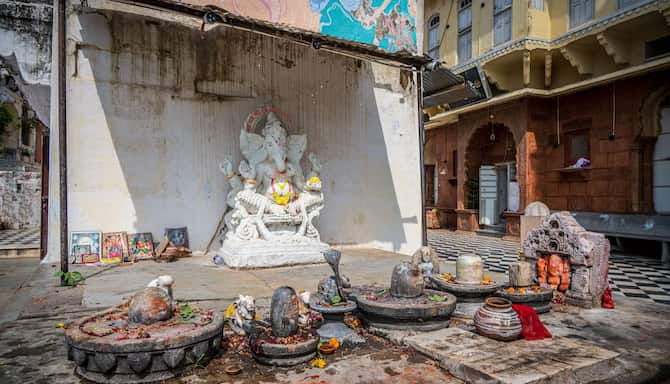-
Our Brands
-
Find your hotel
-
Meetings & Events
-
Flights
-
Dining
-
Digital Services
-
Hotel Deals
-
Travel ideas
-
Radisson Rewards
Become a member in just one click.
Our Brands
Find your hotel
Meetings & Events
Flights
Dining
Digital Services
Hotel Deals
Travel ideas
Radisson Rewards
Become a member in just one click.
Our Brands
Find your hotel
Flights
Dining
Digital Services
Back
Language
Suggested languages
All languages
Back
Currency
Main Currencies
All Currencies


























